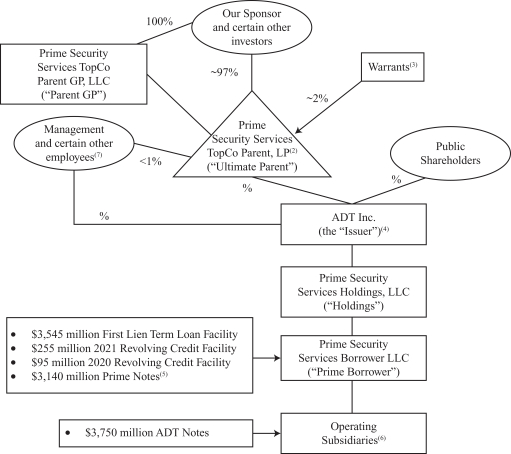Building the Alarm Signal Processor on Google Cloud
Chart of Processor Architecture
Overview
Developing an alarm signal processor for ADT's extensive commercial security operations was a challenge I tackled head-on. This critical system processes millions of signals daily, ensuring that alerts from various security devices are correctly prioritized and routed. By leveraging Google Cloud’s robust infrastructure, I built a scalable, efficient solution tailored to ADT’s needs.
Challenges
- Scale: Processing a massive volume of alarm signals from thousands of retail locations, each requiring near-instantaneous response.
- Latency: Signals had to be processed in real-time to ensure rapid responses to potential security threats.
- Integration: The system needed to seamlessly integrate with existing ADT infrastructure and adhere to strict compliance and security standards.
Solutions
- Scalability with Cloud Functions: Google Cloud Functions allowed for event-driven, scalable processing that adapted dynamically to load fluctuations.
- Real-Time Data Pipelines: Pub/Sub messaging ensured alarm signals were ingested and processed in real time with high reliability.
- Load Balancing and Fault Tolerance: Implementing managed services ensured high availability and reduced the risk of single points of failure.
Implementation
- Signal Ingestion: Alarm signals were routed through Google Cloud Pub/Sub for real-time streaming and decoupling of components.
- Processing Logic: Cloud Functions processed signals to determine their priority, applying rules and heuristics defined in ADT’s policies.
- Routing: Outputs were sent to notification systems for escalation to relevant stakeholders, including law enforcement and ADT operators.
- Monitoring and Alerts: Stackdriver (now Cloud Monitoring) provided observability into system performance and health.
Technologies Used
- Google Cloud Pub/Sub: For real-time, scalable message ingestion.
- Google Cloud Functions: For event-driven processing of alarm signals.
- Firestore: For managing metadata and dynamic rules for signal prioritization.
- Cloud Monitoring: To track system performance and alert for anomalies.
- Cloud IAM: To ensure secure access control and compliance.
Conclusion
By harnessing the power of Google Cloud, I developed a reliable, efficient, and scalable alarm signal processor that empowers ADT to deliver unparalleled security services to its commercial clients. This project demonstrated the impact of cloud technologies in solving real-world challenges and reinforced the value of scalable, event-driven architectures.